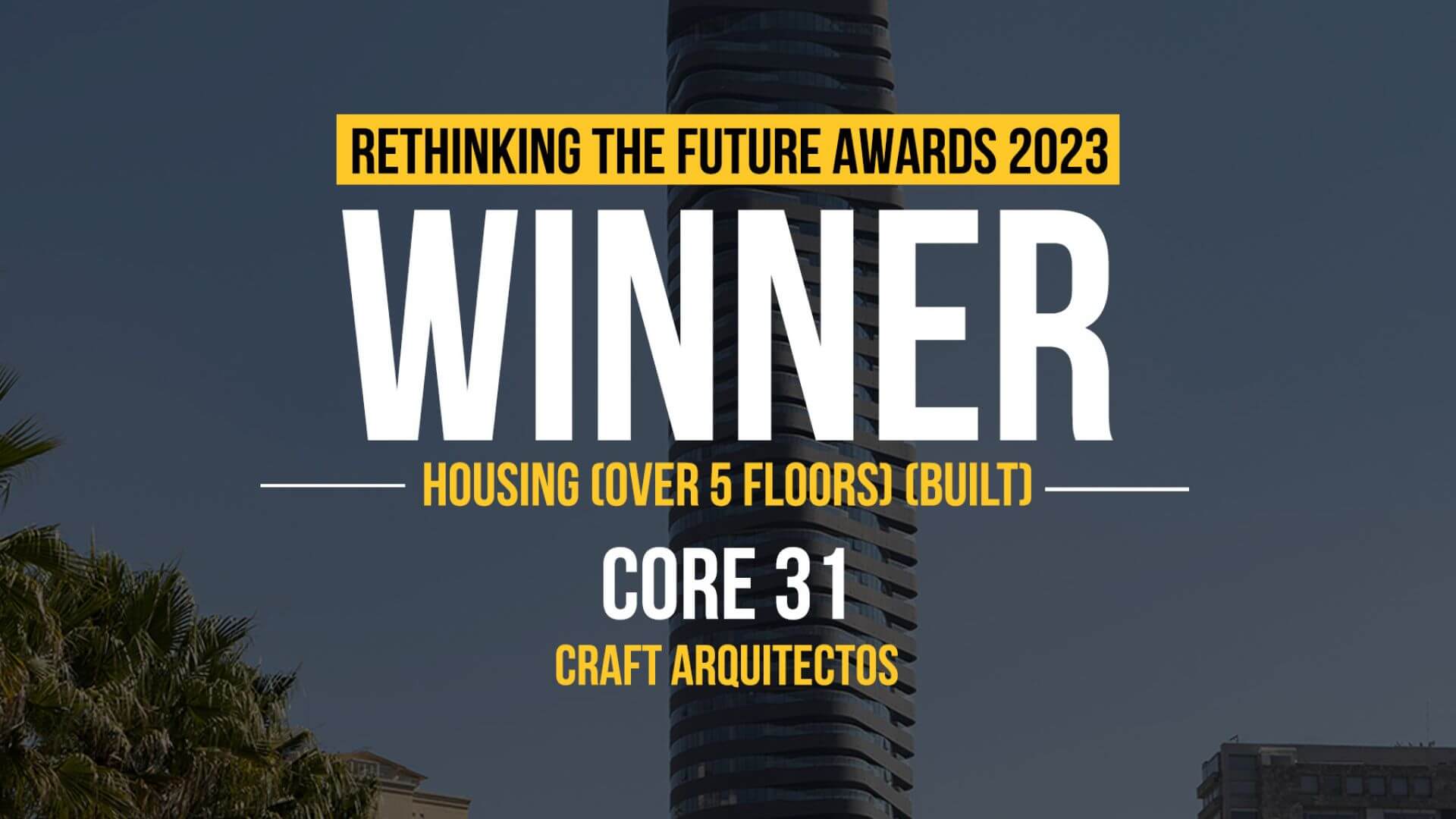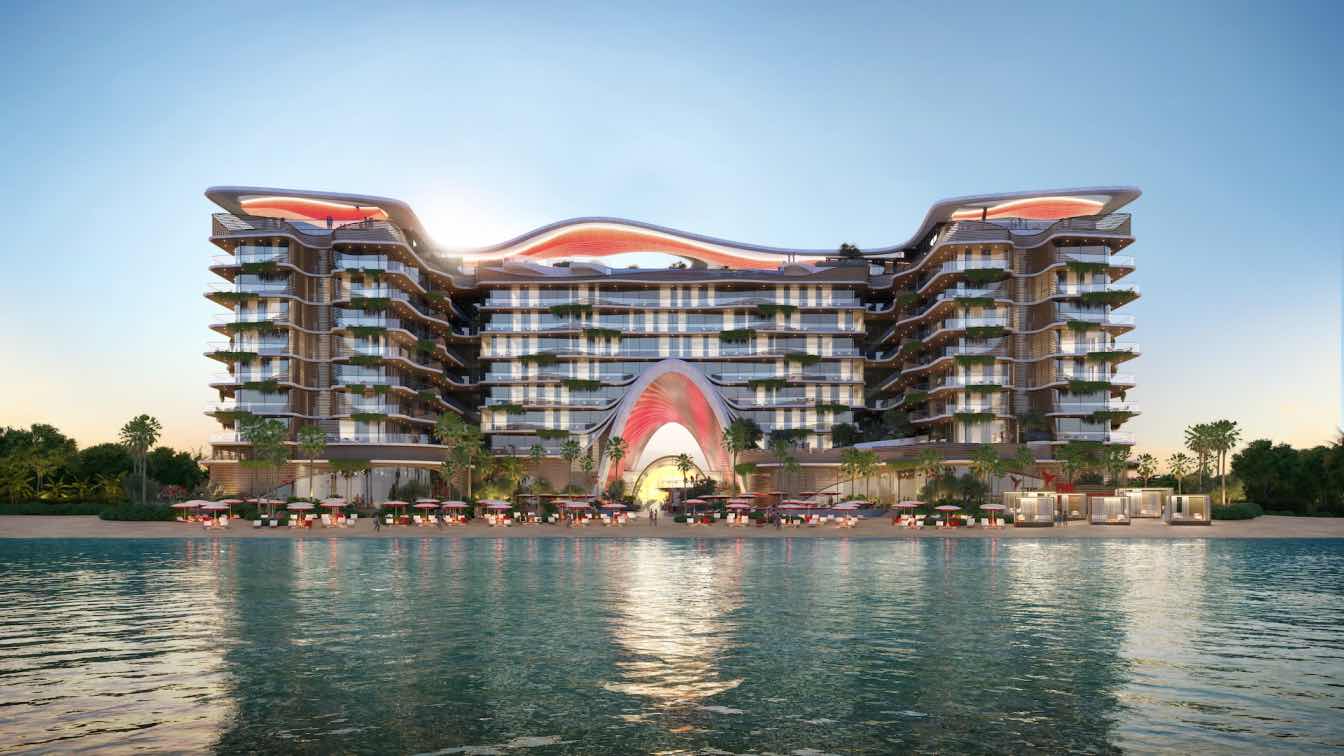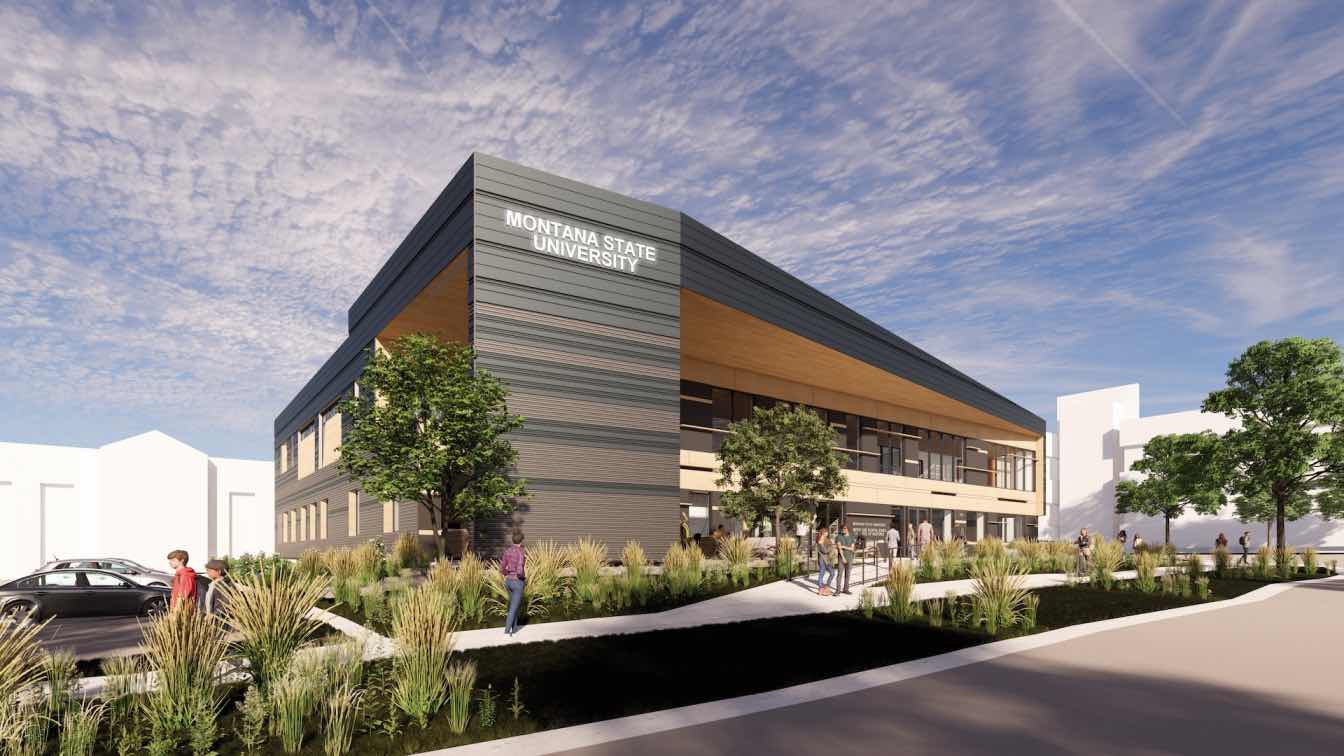CRAFT Arquitectos, a distinguished Mexico based architectural studio, has been recognized for its groundbreaking work at the esteemed Rethinking the Future Awards. The firm has emerged as a winner in the Housing (over 5 floors) (Built) category for their exceptional project, CORE 31.
With 1000+ submissions worldwide, architects from 40+ countries participated in the awards. Craft Arquitectos is among the 45 winners worldwide and one of the two firms from Mexico to bag the prestigious awards hosted by RTF that honour and promote cutting-edge, avant-garde designs in architecture and design. FR-EE (Fernando Romero Enterprise) is another firm from Mexico.
“Innovation in architecture is a must during these times of climate change, pandemic, and ever-evolving technology & lifestyle. RTF Awards aims to bring these innovations through winning projects to the forefront so that the whole world can follow and build towards a better future,” says Vikas Pawar, the CEO of Rethinking The Future.
Situated in Bosque Real, one of Mexico's premier urban luxury housing developments, CORE 31 challenges conventional residential architecture by offering a fresh design language. Unlike typical housing projects in the area, CORE 31 sets itself apart through its innovative approach and commitment to optimizing factors such as lighting, views, privacy, and interior space embracing its context and maximizing the site's potential.

Its characteristic cylindrical shape with a compact footprint provides great expressiveness to the design, allowing the building to have a better behavior in the face of the strong winds, a general occurrence in the region.
The name "CORE 31" reflects the structural core that anchors this tower, housing 31 apartments. This core encompasses a significant floor area, accommodating elevators, lobbies, wet areas, and secondary bedroom dressing rooms. With each floor spanning an area of 460 sqm in a circular layout, this housing offers 360 ̊ views of the surroundings. The twisting effect achieved by rotating the terraces 2.6 ̊ with respect to the previous floor creates a captivating visual impact while ensuring that all residents enjoy their private outdoor space.
CORE 31 redefines luxury by transcending the traditional reliance on expensive materials. Instead, it introduces a new concept of luxury, offering a range of spatial options beyond the private program. The design provides generously configured interior spaces with clear lines and ample natural light while also offering habitable exteriors that prioritise privacy. Moreover, CORE 31 makes a bold architectural statement, enhancing its context with its distinctive presence and setting a new standard in residential architecture.
The recognition bestowed upon CRAFT Arquitectos at the Rethinking the Future Awards celebrates their innovative vision and dedication to pushing the boundaries of residential design. Their transformative work in creating CORE 31 represents a significant contribution to the evolution of architectural excellence.
Check out the complete results at: 14th Edition RTF Awards Results.

Project Name: CORE 31
Category: Housing (over 5 floors) (Built)
Studio Name: CRAFT Arquitectos
Design Team: CRAFT Arquitectos
Area: 25,000 sqm
Year: 2023
Location: Bosque Real, State of Mexico, Mexico
Consultants:
Photography Credits: Jaime Navarro
Render Credits:
Other Credits:
Construction Management: ADAI Arquitectos Ingenieros | Anteus Constructora
Structural Engineering Consultants: WSP
Structural Engineering Principal: Luis Bozzo Estructuras y Proyectos
MEP Engineering: Inversa
Landscape Architects: Schmidt + Murià Taller de Arquitectura y Paisaje

Project brief:
Located in one of the most important new urban luxury housing developments in the center of the country, the design of Core 31 seeks to generate a new possibility for residential architecture that with its language differentiates itself from the common housing projects that are usually offered in these new developing areas.
From the layout of its volumetrics, the building seeks to optimize factors such as lighting, views, privacy, and interior space, responding to its context and maximizing the potential of the site and its location. Its characteristic cylindrical shape with a compact footprint is intended to give a significant added value to the housing development schemes that accompany it, since it softens the relationships between these masses, does not affect the views of neighboring buildings and allows variable and different dynamic perspectives. Its shape, in addition to providing great expressiveness to the design, allows the building to have a better behavior in the face of the strong winds present in the place.
The name of this tower with 31 apartments is due to the structural core. The core covers an important floor area where the elevators, lobbies, wet areas and dressing rooms for secondary bedrooms are distributed. This structural core behaves like a backbone that gives the building the necessary rigidity and provides it with stability.

The floor plan is distributed in an area of 460 sqm in a circular layout that takes advantage of the 360˚ panoramic views on each of the floors. The terraces rotate 2.6˚ with respect to the previous floor, creating a twisting effect on the overall volume of the building and ensuring that all residents have a private outdoor space.
Core 31 moves away from the typical notion of residential luxury as synonymous only with the use of expensive materials. Instead, it redefines luxury by offering a variety of spatial options beyond the private program, providing the possibility to enjoy interior spaces designed with generous configurations that generate clear and illuminated lines and shapes, proposing truly habitable exteriors with privacy, and providing its context with a building with its own architectural presence as a critical tool to generate a new possibility within residential architecture.







